When General Motors shut down Holden in 2020, it was clear that one of the biggest factors was the expense and complexity of building right-hand-drive vehicles for a relatively small market.
It remains, arguably, the single-most significant reason why we miss out on cars that would otherwise seem like a good fit locally - Ford Bronco, Toyota Tundra, Cadillac CT5-V and Chevrolet Tahoe, just to name a few.
It shouldn’t come as a surprise though, the vast majority of the world drives on the other side of the road. Approximately 70 per cent, including the biggest markets of the USA and China, drive on the right-hand side of the road.
Crucially this list also includes other major producers of cars, such as Europe and South Korea. Which means the priority for brands based in those markets is, and always will be, left-hand-drive vehicles.
The saving grace for Australia has always been the Japanese and UK car industries, which are right-hand-drive markets and therefore have always provided a steady flow of cars. But they are also sizeable markets which have forced other brands to make the investment in putting the steering wheel on the other side of the car.
But the demise of Holden, coupled with GM’s decision to sell its entire European operation including the UK-based Vauxhall, suggested that in times of economic peril right-hand-drive cars could be the first sacrifices made for other brands.
What a small market like Australia needs are allies in right-hand-drive vehicles - and preferably a new, emerging market with huge growth potential.
Which brings us to India.
The country is still dominated by two-wheel transport, with only approximately 15 per cent of new vehicles purchased each year being private vehicles. However, car sales are on the rise again after a slowdown caused by the pandemic, continuing a trend that economists and car industry management have been expecting for years.
.jpg)
India has had a growing middle-class for more than a decade, which has led to more demand for cars and SUVs for private use. Given India is the second-most populated country on the planet, behind only China, there is massive potential for India to become a major player in the automotive world in general, but for right-hand-drive vehicles specifically.
At present, the market is concentrated around small, affordable vehicles which sees the likes of Maruti Suzuki, Hyundai and Tata at the top of the sales charts. But as the middle-class grows and the market matures, expect to see that evolve and potentially influence the types of cars we will get in Australia.
If more brands believe they can make a success of the Indian market, that will inevitably lead to more right-hand-drive vehicles. We’ve already seen it in Australia, with the Ford EcoSport designed primarily with the Indian market in mind - and manufactured there - but arriving in time for the compact SUV craze to begin here.
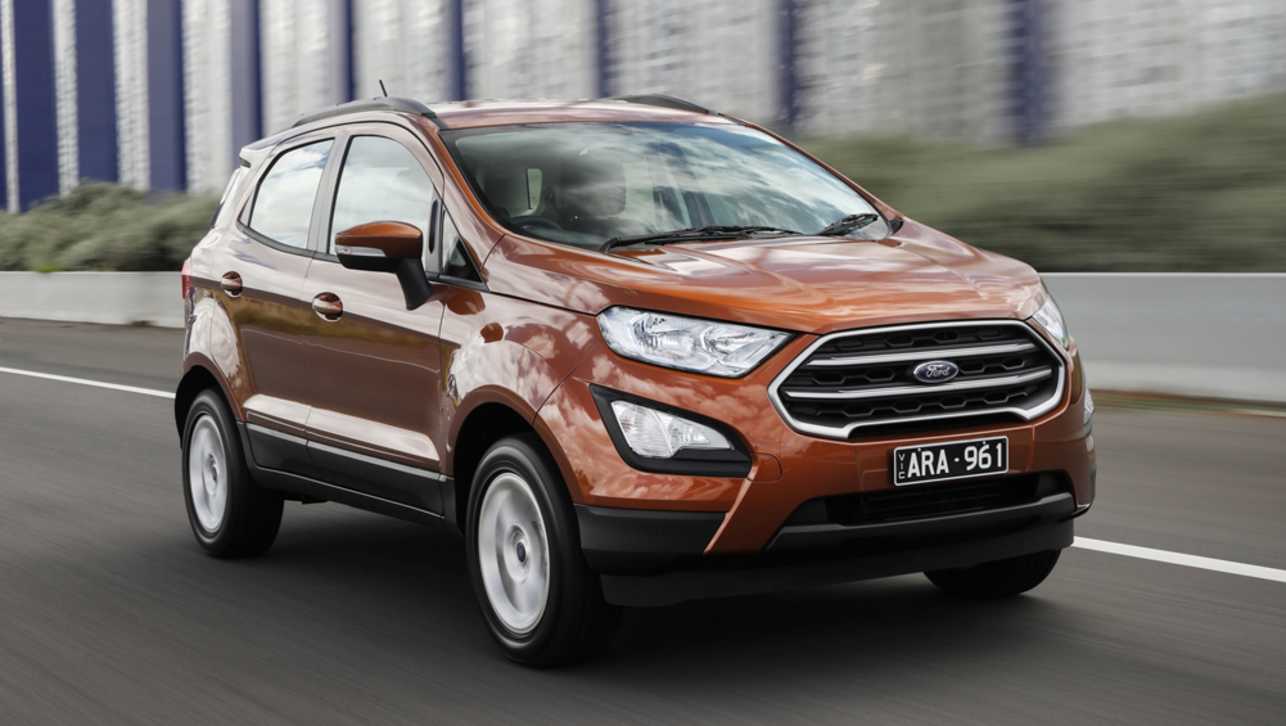
While it wasn’t a sales success in either market, it demonstrates the potential for the Indian market to take the lead on products that would likely land here in Australia.
And that’s only one example. India has become a major player in the automotive industry in other ways too, including Tata Motors’ purchase of Jaguar Land Rover back in 2008. This was seen by many industry insiders as a seminal moment, with a classic brand coming under the control of a very successful Indian brand - a country that until that point had limited interests in the global market.
These days, there are several Indian brands with a growing global footprint, including Mahindra & Mahindra which sells its range of utes and SUVs in Australia - albeit in limited numbers at the moment.
One major issue to overcome is the different standards cars for the Indian market are held to compared to the rest of the world. Because it’s a developing automotive market and many buyers are coming from a motorbike into a car for the first time, safety standards and expectations are not up to the same level for more established markets like Australia.

So there is potential here for both sides to help each other. As the Indian new car industry grows over the next decade, we can hope that the demands of other right-hand-drive markets such as Australia force car makers to produce not only more right-hand-drive models, but safer ones too.
While they are obviously very different countries, there’s no reason to think that India cannot enjoy the same kind of growth - both economic and automotive - that China has enjoyed over the past few decades.
And if that happens, right-hand-drive cars may move from being in the ‘too hard basket’ for brands like General Motors and into the realm of being simply too big to ignore…



.jpg)









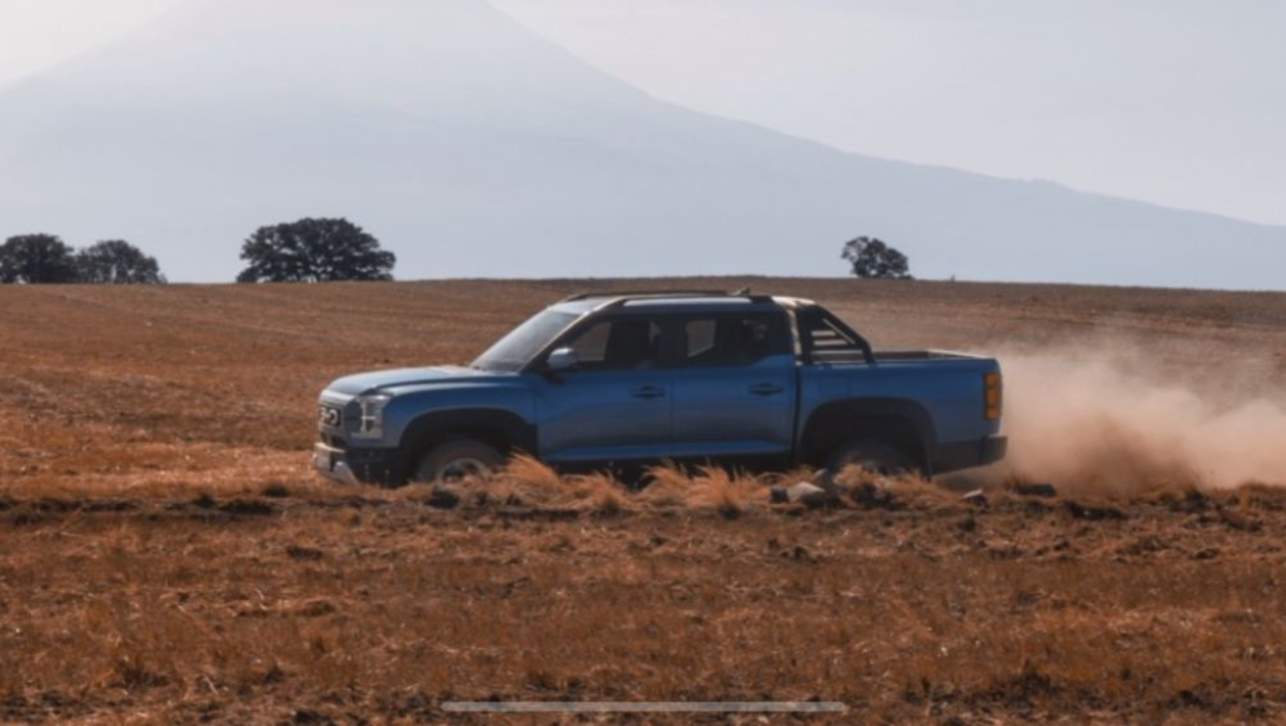
.jpg)
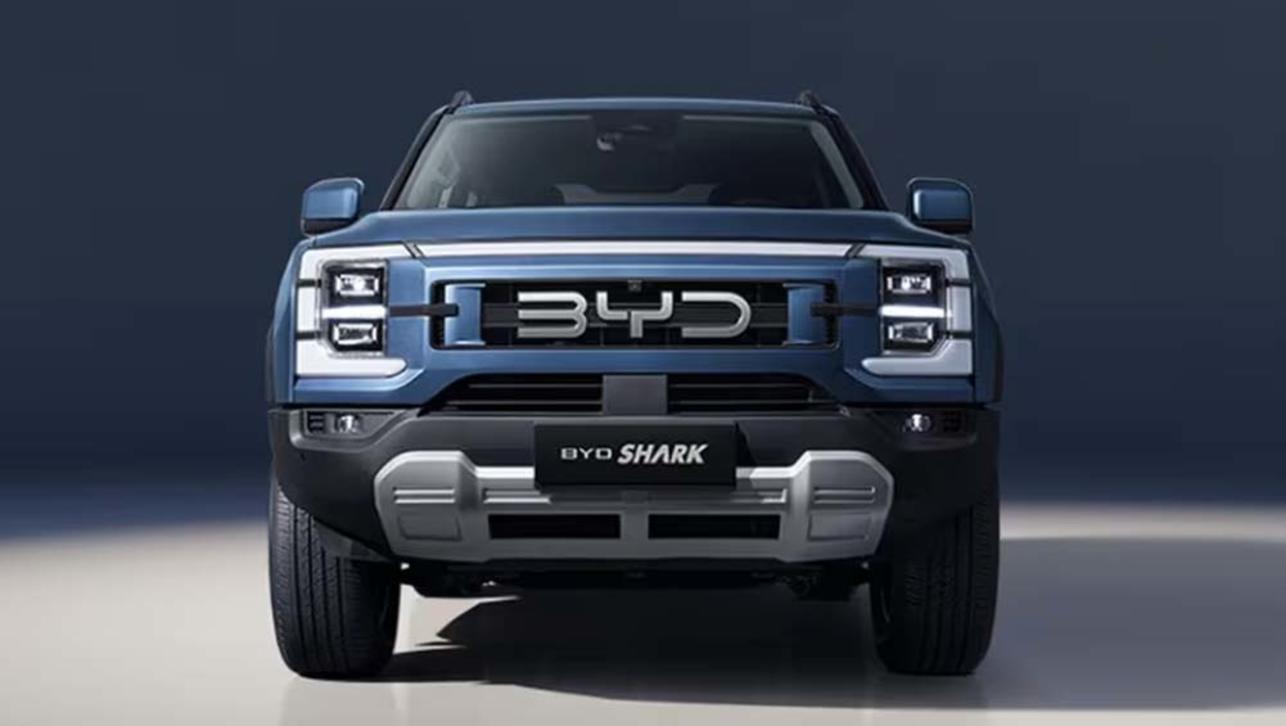
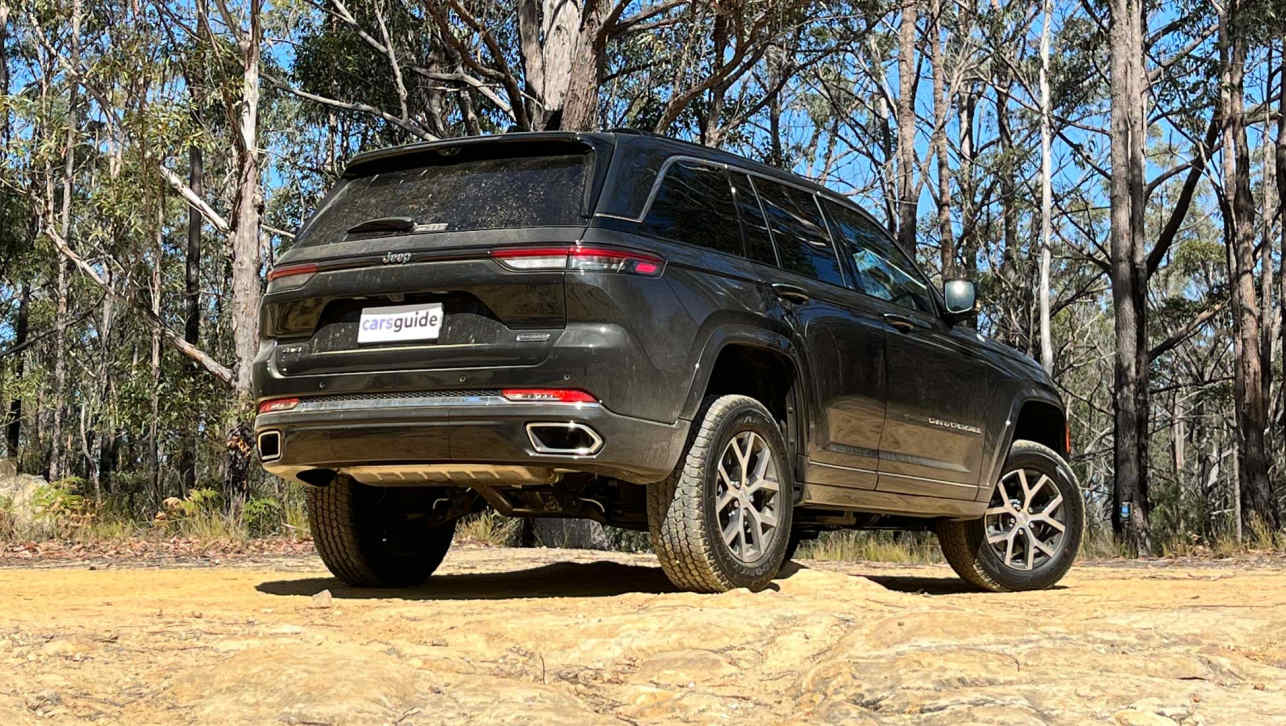
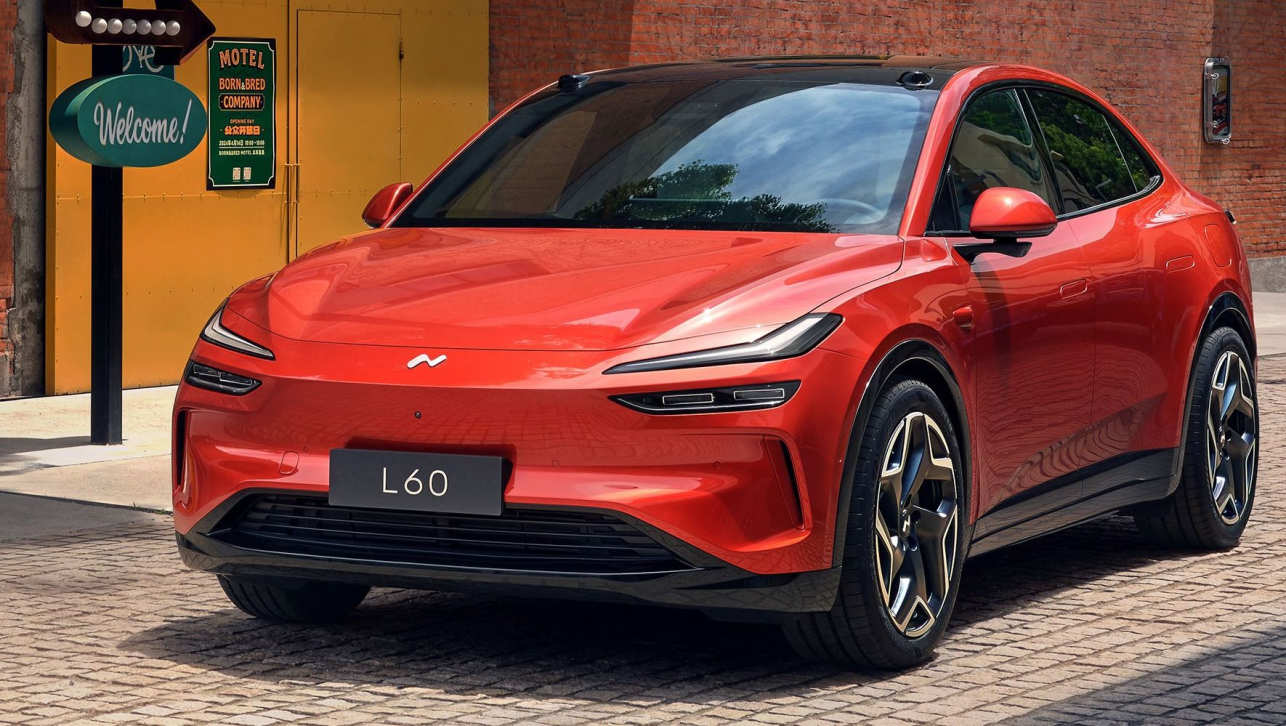


.jpg)

.jpg)
.jpg)


.jpg)

.jpg)


Comments